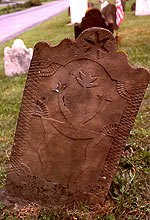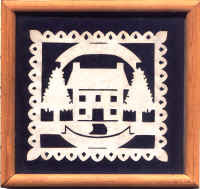
"To paint well is simply this: to put the right color in the right place." -- Paul Klee
The poster hanging by my art room door is by Paul Klee (you pronounce his name like the word clay). I thought he would be a good artist to explore this December. Read the information about him and look at some of his art work. I have picked some different pieces from different periods in his life.
Paul Klee was born in Switzerland on December 18, 1879. He died June 29, 1940. He loved cats. He was an accomplished musician who played the violin for a time with the Bern symphony orchestra. In his artwork, he used simple lines and strong colors. He also used simple shapes. Klee painted in many styles, but a lot of them were in the Primitive and Surrealist styles.

He is considered a Swiss-German artist known for his fine lines and playful geometry in his childlike watercolors and illustrations.

Look at some of his art work and see if you agree with his quotes below.
He once said, “A drawing is simply a line going for a walk.”
And he also said, “A line is a dot that went for a walk.”
His mother was Swiss and his father was German, and Klee was raised in Switzerland but spent most of his adult life in Germany, where he studied art. Because of his father's nationality, Klee was also considered German. He was a skilled illustrator and respected teacher at the Bauhaus in Germany. He produced around 10,000 works in a variety of materials, but he is best known for his watercolors.


Click on the words coloring page to see and color one of Klee’s early works.
























.jpg)
























